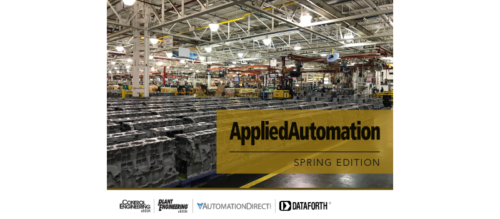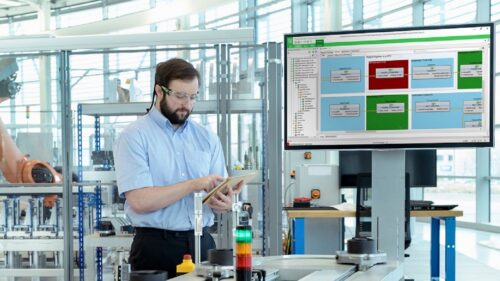Software still eating world
Software is modeling the world around us in an increasingly comprehensive way
When Marc Andreesen said that software is eating the world, he highlighted the shift from a hardware-based to a software-based economy. Also, that software is modeling the world around us in an increasingly comprehensive way.
Not to mention that software is a high-growth, high-margin business.
Because running a software company is different than running a hardware company is one reason why in 2018 Schneider Electric combined its software assets with those of Aveva, in which Schneider remains a major stockholder.
In late August, Aveva agreed to acquire OSIsoft for $5 billion. OSIsoft’s PI system collects, normalizes, stores and streams real-time, high-fidelity operational data to applications, analytics and AI and ML platforms.
“PI is the leading data historian platform for aggregation and visualization of real-time data. It is an open infrastructure to support best-of-breed ecosystems and it is scalable from small to midsize to the largest enterprises,” Craig Hayman, CEO of Aveva, said in a news conference held on Zoom.
At the same event, Dr. Pat Kennedy, founder and head of OSIsoft, pointed out that OSIsoft was, for a software company, old. “OSIsoft was founded in 1980 while Microsoft started in 1978.”
The industrial sector was one of the first to embrace the digital, but its use today lacks the scale and scope found in other sectors, such as retail or banking.
“It’s the decoupling of software and hardware that will bring Aveva and OSIsoft together. The architecture will be edge, on-premise or cloud, depending on the use involved. Yes, there will be distributed historians on drones, drives and compressors, but there will also be trillion-point systems,” Kennedy said.
Aveva is acquiring OSIsoft for $5 billion. In the press conference Hayman said this included $4.4 billion cash and $600 million in Aveva stock shares, making Kennedy the largest individual stockholder in the company, equivalent to about 4% of the enlarged company.
The sale will close by year’s end. OSIsoft had been backed by SoftBank, the Tokyo-based holding company that runs Vision Fund, the world’s largest technology focused venture capital fund, with more than $100 billion in capital.
According to a recent piece in The Washington Post, the fund and its chairman, Masayoshi Son, have faced mounting criticism, having lost $18 billion in 2019, including big stakes in Uber and WeWork. But OSIsoft is a different matter. Son paid a little under $1 billion for a 45% stake in 2017. The fund will secure a 150% return on that investment, given the $5 billion Aveva is paying for OSIsoft.
OSIsoft’s 40 years of success comes as a software provider native to the industrial automation space, rather than ones migrating from consumer or other sectors. Many of the editors who cover industrial automation have known Pat Kennedy and his company for most of those 40 years.
In fact, one editor remembers a time during the .com boom of the 1990s when Kennedy was not so inclined to give up control of his company. One of the prominent research analyst firms published a note saying that OSIsoft’s revenues were at the point where it was time to sell. (Companies with revenues of $50 million or less at the time were being bought up by larger automation companies.) Kennedy waxed indignant. “Who are they to tell me to sell my company?” he said.
Everything in its time. Everything in its time.
Do you have experience and expertise with the topics mentioned in this content? You should consider contributing to our CFE Media editorial team and getting the recognition you and your company deserve. Click here to start this process.





